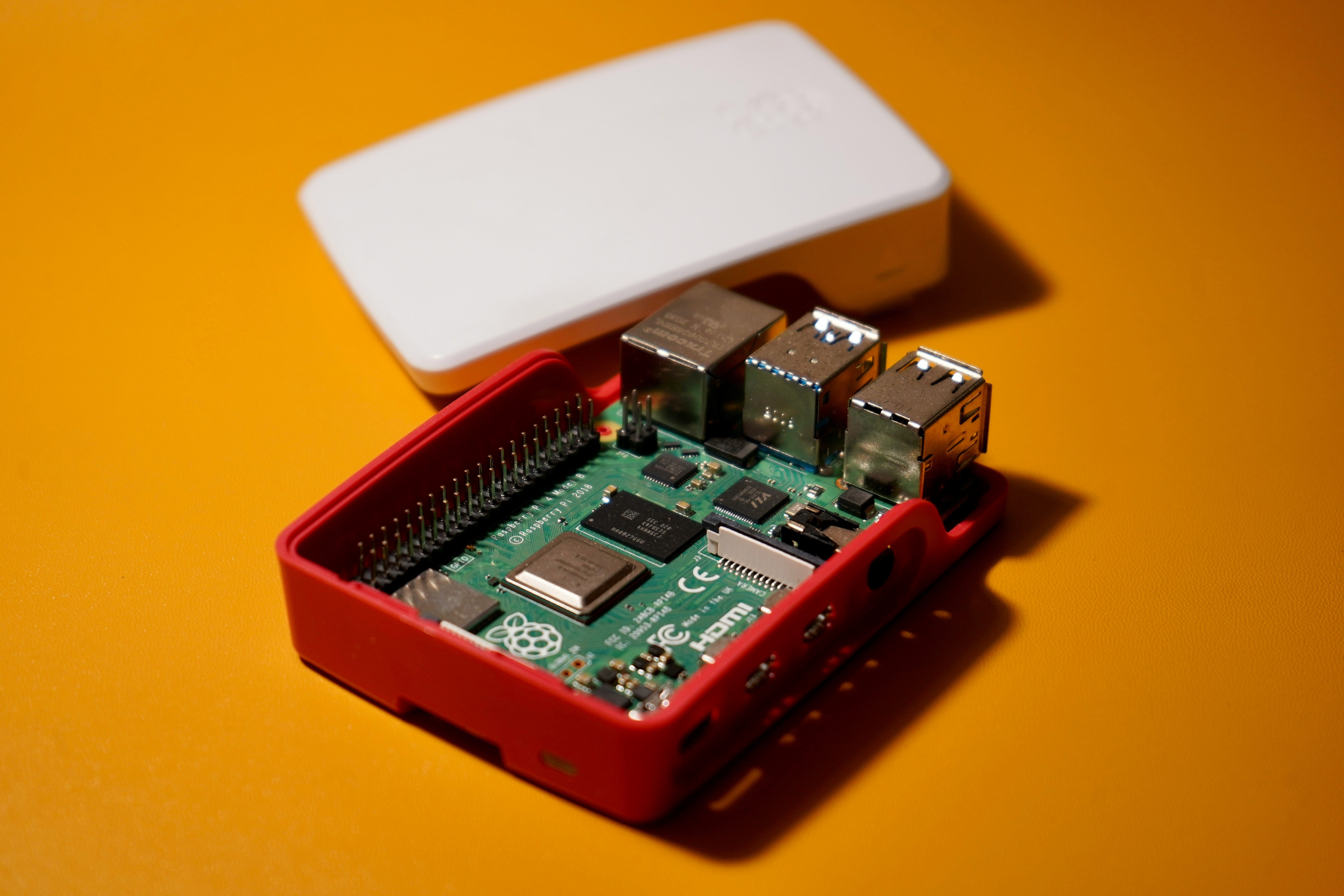Light up Your World: An Insight into Electroluminescent Technology
Electroluminescent technology has been illuminating our lives for several decades, yet it often gets overshadowed by its more popular cousins like LED and OLED. Let's shed some light on this unsung hero of the lighting world. Electroluminescence, or EL for short, is the phenomenon where a material emits light in response to an electric current or a strong electric field. This technology found its first practical applications in the 1930s and has been evolving ever since.

From Neon Lights to Electronic Devices: A Brief History
In the early days, electroluminescent technology was primarily used in neon signs and lighting applications. The technology was simple, cost-effective, and energy-efficient, making it perfect for these purposes. However, with the advent of new technologies and materials, EL found its way into various electronic devices too.
In the late 20th century, electroluminescent backlights became a standard feature in many electronic devices, including computers, TVs, and mobile phones. The technology offered even, uniform lighting, which was perfect for LCD displays.
A New Dawn: Electroluminescent Technology Today
Fast forward to today, and electroluminescent technology is still as relevant as ever. Recent advancements in materials and manufacturing techniques have allowed for the creation of electroluminescent wires, panels, and other flexible forms.
One significant breakthrough is the development of organic electroluminescent materials. These materials are based on organic compounds that emit light when an electric current is passed through them. The use of organic materials allows for greater flexibility, enabling the creation of flexible EL displays and lighting solutions.
Electroluminescent Technology: The Economic Landscape
While the price of electroluminescent devices can vary greatly depending on the complexity and quality of the product, they are generally quite affordable compared to other lighting technologies. For example, a basic EL wire kit can be purchased for as little as $10, while a high-end EL panel can cost several hundred dollars.
The market for electroluminescent technology is expected to grow in the coming years, driven by increasing demand for energy-efficient lighting solutions and the ongoing trend towards flexible electronics.
The Future: What’s in Store for Electroluminescent Technology?
So, what does the future hold for electroluminescent technology? Well, the prospects look bright, quite literally. With the ongoing advancements in materials science and manufacturing techniques, we can expect to see even more innovative applications of EL technology in the future.
For instance, researchers are currently working on developing transparent EL displays. These could be used in a variety of applications, from smart windows to augmented reality devices. Additionally, the trend towards wearable technology could also open up new opportunities for flexible EL devices.
In conclusion, while electroluminescent technology may not be the most talked-about topic in the tech world, it certainly deserves our attention. It has played a key role in the evolution of lighting and display technology and will continue to do so in the future. As we move towards a more energy-efficient and flexible future, EL technology is set to shine even brighter.




